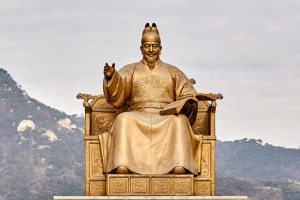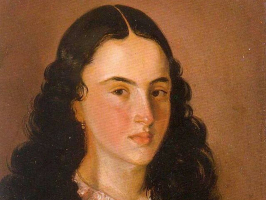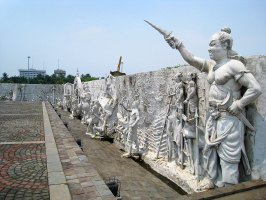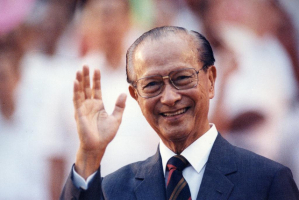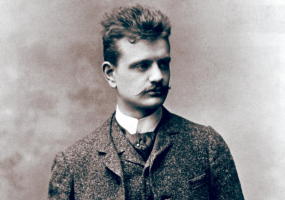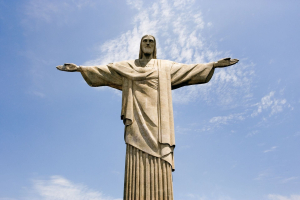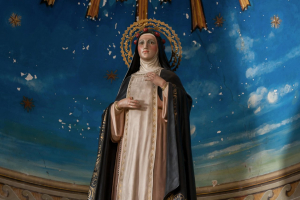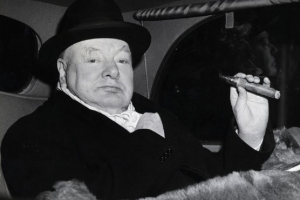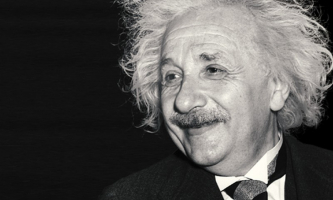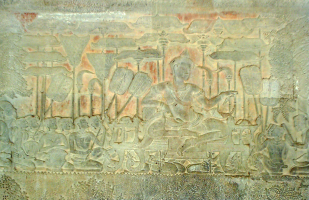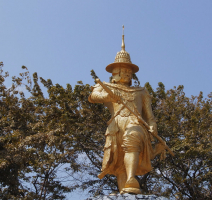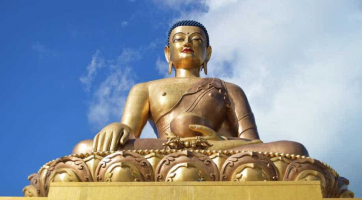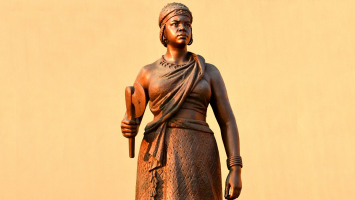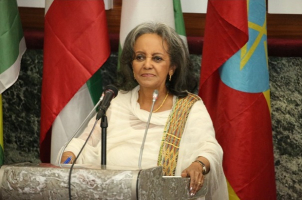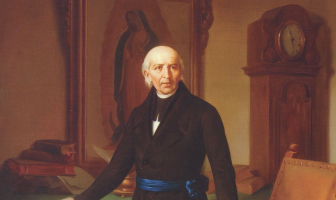Top 8 Most Important Historical Figures In Romania
Romania would be a very different place today if it wasn’t for the courage, enthusiasm, and dedication of people who had the power or seized the moment to ... read more...change its course. They are the most important historical figures in Romania, some forgotten or less known today after decades of communist propaganda against them. Take a look at our list below.
-
Vlad III, also known as Vlad the Impaler or Vlad Dracula (1431 - 1476), was Voivode of Wallachia three times between 1448 and 1476. He is widely regarded as one of the most important rulers in Wallachian history and a Romanian national hero.
He was Vlad Dracul's second son, who became ruler of Wallachia in 1436. In 1442, Vlad and his younger brother, Radu, were taken as hostages in the Ottoman Empire to ensure their father's loyalty. After John Hunyadi, regent-governor of Hungary, invaded Wallachia in 1447, Vlad's eldest brother Mircea and their father were murdered. Hunyadi appointed Vladislav II, Vlad's second cousin, as the new voivode. In the autumn of 1448, Hunyadi launched a military campaign against the Ottomans, and Vladislav accompanied him. In October, Vlad invaded Wallachia with Ottoman support, but Vladislav returned, and Vlad sought refuge in the Ottoman Empire before the end of the year. In 1449 or 1450, Vlad went to Moldavia, and later to Hungary.
Later, relations between Hungary and Vladislav deteriorated, and Vlad invaded Wallachia with Hungarian support in 1456. Fighting against him, Vladislav died. To strengthen his position, Vlad began a purge among the Wallachian boyars. He clashed with the Transylvanian Saxons, who backed his opponents, Dan and Basarab Laiotă (Vlad's brothers) and Vlad's illegitimate half-brother, Vlad Călugărul. Vlad pillaged the Saxon villages, transporting the captured people to Wallachia and impaling them (which inspired his cognomen). In 1460, peace was restored.
The Ottoman Sultan, Mehmed II, ordered Vlad to personally pay homage to him, but Vlad captured and impaled the Sultan's two envoys. He launched an attack on Ottoman territory in February 1462, slaughtering tens of thousands of Turks and Bulgarians. Mehmed launched an anti-Wallachia campaign to replace Vlad with Vlad's younger brother, Radu. During the night of June 16-17, 1462, Vlad attempted to capture the Sultan of Târgoviște. The Sultan and the main Ottoman army fled Wallachia, but an increasing number of Wallachians deserted to Radu. In late 1462, Vlad went to Transylvania to seek assistance from Matthias Corvinus, King of Hungary, but Corvinus imprisoned him.
From 1463 to 1475, Vlad was imprisoned in Visegrád. During this time, anecdotes about his cruelty began to circulate in Germany and Italy. In the summer of 1475, he was released at the request of Stephen III of Moldavia. In early 1476, he served in Corvinus' army against the Ottomans in Bosnia. In November, he was assisted by Hungarian and Moldavian troops in forcing Basarab Laiotă (who had dethroned Vlad's brother, Radu) to flee Wallachia. Before the end of the year, Basarab returned with Ottoman support. Before January 10, 1477, Vlad was killed in battle. Books describing Vlad's atrocities were among the first to go on sale in German-speaking countries. Popular stories in Russia suggested that Vlad could only strengthen his central government by imposing harsh punishments, and most Romanian historians held a similar view in the nineteenth century. Bram Stoker's literary vampire, Count Dracula, was named after Vlad's patronymic.
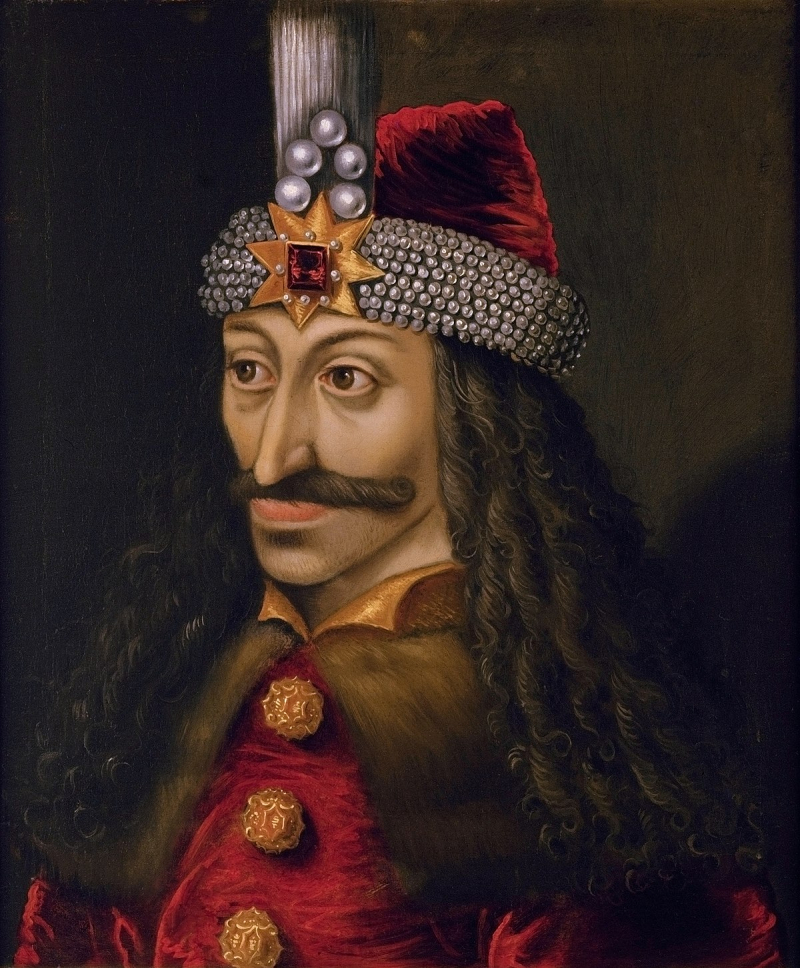
en.wikipedia.org 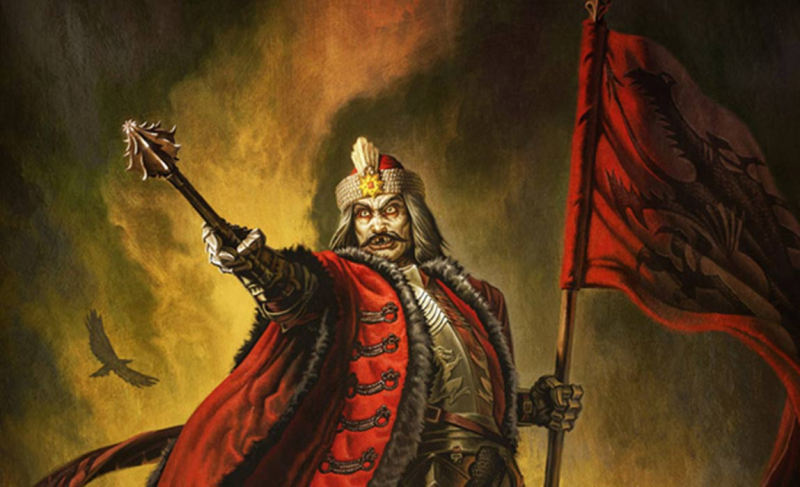
ancient-origins.net -
Michael I (25 October 1921 - 5 December 2017) was Romania's last King, reigning from 20 July 1927 to 8 June 1930 and again from 6 September 1940 until his forced abdication on 30 December 1947.
Crown Prince Carol of Romania, Michael's father, had become involved in a contentious relationship with Magda Lupescu shortly after Michael's birth. Carol was forced to renounce his claim to the throne and fled to Paris in exile with Lupescu in 1925. Following the death of his grandfather, King Ferdinand I, in 1927, Michael ascended to the throne. Because Michael was still a minor, a regency council was formed, consisting of his uncle Prince Nicolae, Patriarch Miron Cristea, and Supreme Court President Gheorghe Buzdugan. The council was ineffective, so Carol returned to Romania in 1930 and succeeded his son as monarch, reigning as Carol II. As a result, Michael was reinstated as heir apparent and given the additional title of Grand Voievod of Alba-Iulia.
Carol II was forced to abdicate in 1940, and Michael reigned once more. Romania became allied with Nazi Germany under the military dictatorship of Ion Antonescu. In 1944, Michael took part in a coup against Antonescu, replaced him with Constantin Sănătescu, and then declared an alliance with the Allies. Political pressures forced Michael to appoint a pro-Soviet government led by Petru Groza in March 1945. Michael went on a "royal strike" from August 1945 to January 1946, attempting unsuccessfully to oppose Groza's Communist-controlled government by refusing to sign and endorse its decrees. Michael attended the wedding of his cousins, the future Queen Elizabeth II of the United Kingdom and Prince Philip of Greece and Denmark, in London in November 1947. Groza then met with Michael on the morning of December 30, 1947, and forced him to abdicate. Michael was forced into exile, his property was seized, and his citizenship was revoked. He married Princess Anne of Bourbon-Parma (later Queen Anne of Romania), with whom he had five daughters, in 1948, and the couple eventually settled in Switzerland.
Nicolae Ceaușescu's communist dictatorship was overthrown in 1989, and Michael attempted to return to Romania the following year, only to be arrested and forced to leave upon arrival. Michael was granted permission to visit Romania for Easter in 1992, where he was greeted by huge crowds; a speech he delivered from his hotel window drew an estimated one million people to Bucharest. Concerned about Michael's popularity, Ion Iliescu's post-communist government barred him from making any further visits. After Iliescu was defeated in the presidential elections the previous year by Emil Constantinescu, Michael's citizenship was restored and he was allowed to return to Romania. Several confiscated properties were eventually returned to his family, including Peleș Castle and Săvârșin Castle.
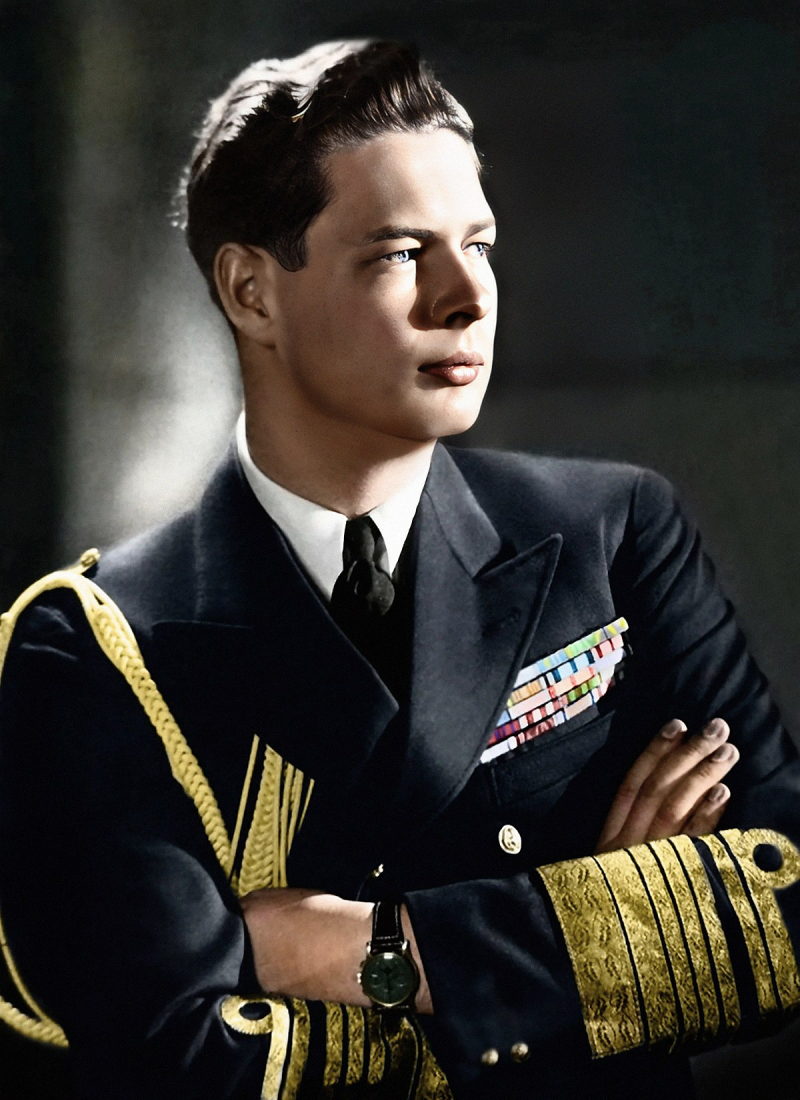
en.wikipedia.org 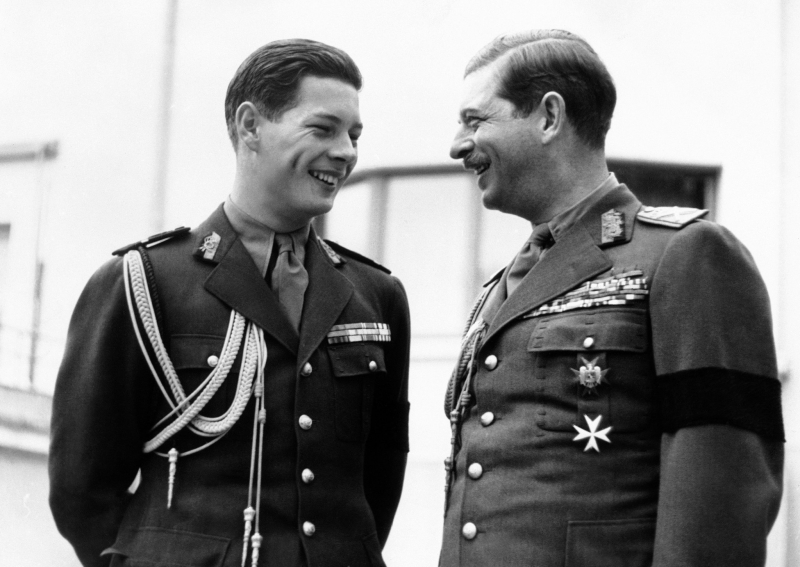
nytimes.com -
Alaric I (370 - 410 AD) was the first Visigoth king, reigning from 395 to 410 AD. He rose to command of the Goths who came to occupy Moesia, territory taken a few decades earlier by a combined force of Goths and Alans following the Battle of Adrianople.
Alaric was born on Peuce Island at the mouth of the Danube Delta in present-day Romania to the noble Balti dynasty of the Thervingian Goths, according to Jordanes, a 6th-century Roman bureaucrat of Gothic origin who later turned his hand to history. This claim cannot be verified.
Alaric began his career as a Gothic soldier under Gainas before joining the Roman army. Under the Roman emperor Theodosius, Alaric helped defeat the Franks and other allies of a potential Roman usurper. Despite losing tens of thousands of men, he received little recognition from Rome and disappointed the Roman army. After Theodosius' death and the disintegration of the Roman armies in 395, he is referred to as King of the Visigoths. He sought Roman legitimacy as the commander of the only effective field force left in the Balkans, but never quite achieved a position acceptable to himself or the Roman authorities.
He fought primarily against the Western Roman regimes and marched into Italy, where he died. He is responsible for the sack of Rome in 410, one of several notable events in the decline of the Western Roman Empire.
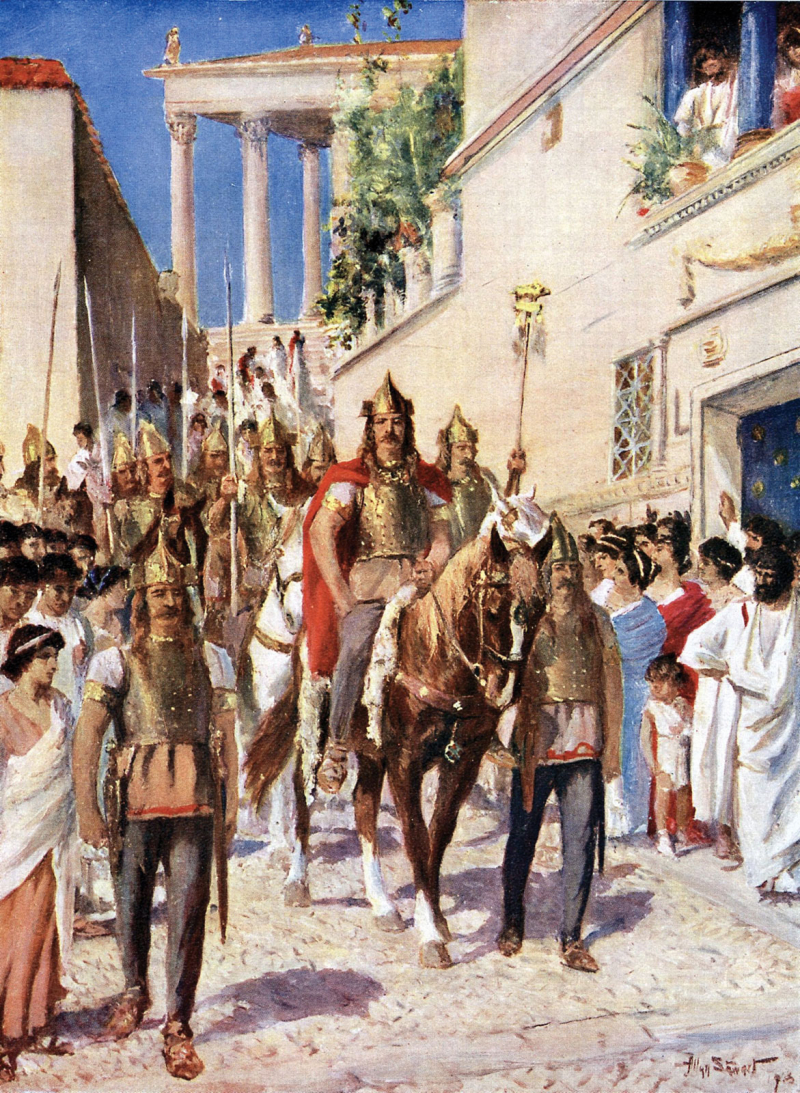
en.wikipedia.org 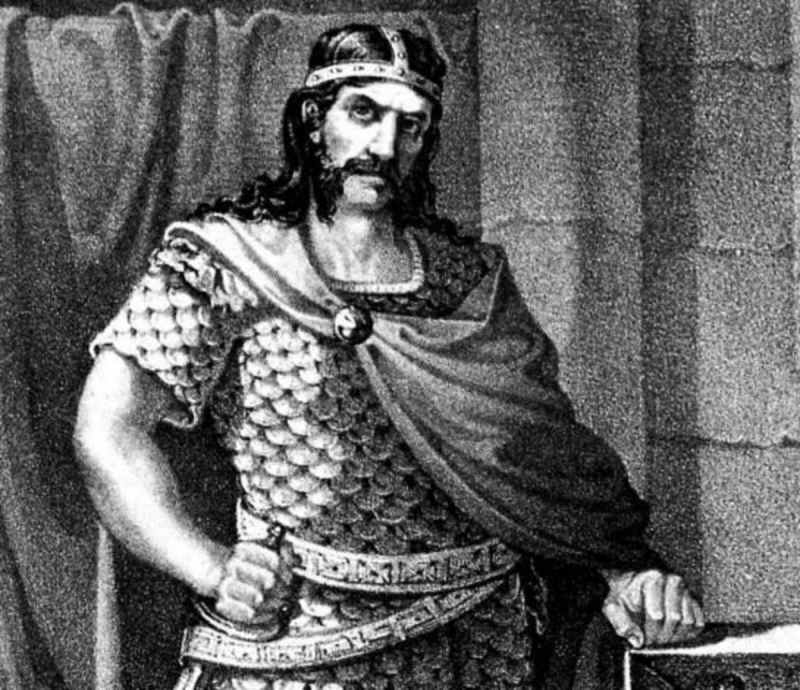
owlcation.com -
Marie of Romania (born Princess Marie Alexandra Victoria of Edinburgh; 29 October 1875 - 18 July 1938) was Romania's last Queen as King Ferdinand I's wife.
Marie was born into the royal family of the United Kingdom. Prince Alfred, Duke of Edinburgh (later Duke of Saxe-Coburg and Gotha) and Grand Duchess Maria Alexandrovna of Russia were her parents. Marie spent her childhood in Kent, Malta, and Coburg. In 1892, she was chosen as the future wife of Crown Prince Ferdinand of Romania, the heir apparent of King Carol I, after rejecting a proposal from her cousin, the future King George V. Between 1893 and 1914, Marie was Crown Princess, and she quickly became popular among Romanians.
After World War I broke out, Marie urged Ferdinand to join the Triple Entente and declare war on Germany, which he did in 1916. During the early stages of the fighting, the Central Powers occupied Bucharest, and Marie, Ferdinand, and their five children sought refuge in Western Moldavia. She and her three daughters worked as nurses in military hospitals, caring for soldiers who had been injured or infected with cholera. Following Bessarabia and Bukovina, the historical region of Transylvania united with the Old Kingdom on December 1, 1918. Marie, now Queen of Greater Romania, attended the 1919 Paris Peace Conference and advocated for international recognition of the expanded Romania. In 1922, she and Ferdinand were crowned in an elaborate ceremony in a specially built cathedral in the ancient city of Alba Iulia, mirroring their status as queen and king of a united state.
Marie was a popular queen both in Romania and abroad. She and two of her children went on a diplomatic tour of the United States in 1926. They were warmly welcomed by the people and visited several cities before returning to Romania. Marie discovered Ferdinand was gravely ill, and he died a few months later. Marie, now queen dowager, refused to serve on the regency council that ruled the country during the minority of her grandson, King Michael. In 1930, Marie's eldest son Carol, who had waived his succession rights, deposed his father and usurped the throne, becoming King Carol II. He tried to demolish Marie's popularity by removing her from the political scene. As a result, Marie left Bucharest and spent the rest of her life in the countryside or at Balchik Palace, her summer home in Southern Dobruja by the Black Sea. She was diagnosed with cirrhosis in 1937 and died the following year.
Following Romania's transition to a People's Republic, communist officials condemned the monarchy. Several royal family biographies portrayed Marie as a drunk or a promiscuous woman, referring to her numerous alleged affairs and orgies she allegedly organized before and during the war. Marie's popularity returned in the years leading up to the Romanian Revolution of 1989, and she was presented to the populace as a model of patriotism. Marie is best known for her work as a nurse, but she also wrote extensively, including her critically acclaimed autobiography.
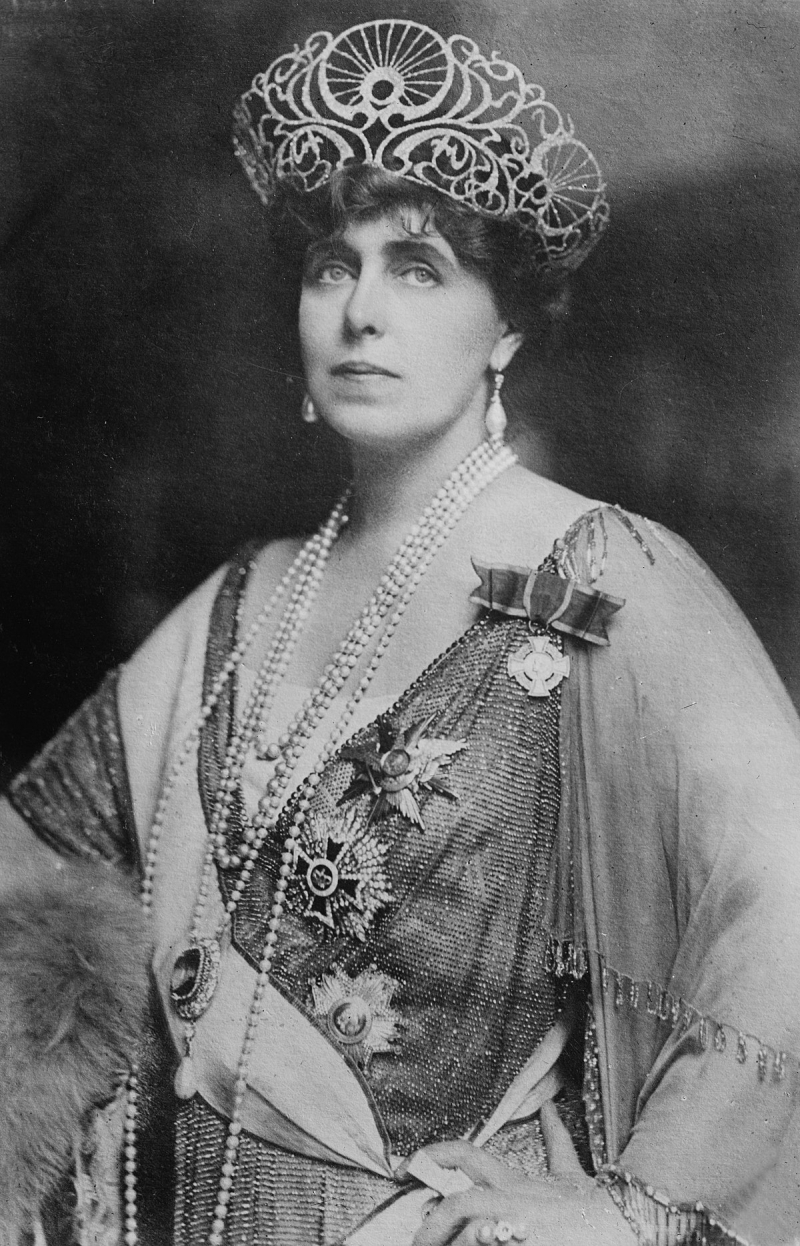
en.wikipedia.org 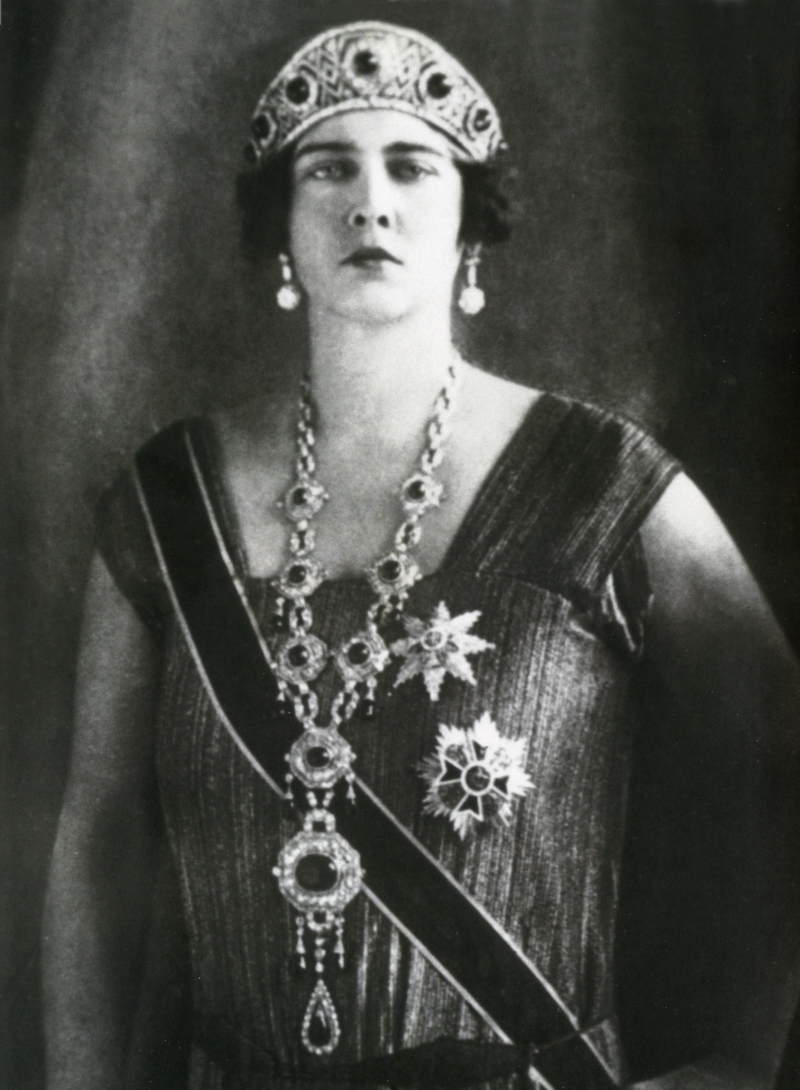
commons.wikimedia.org -
Carol II (15 October 1893 [O.S. 3 October 1893] - 4 April 1953) was King of Romania from 8 June 1930 until his forced abdication on 6 September 1940. He was the eldest son of Ferdinand I and became crown prince after his grandfather, King Carol I, died in 1914. He was the first of the Romanian Hohenzollern kings to be born in the country; his predecessors were both born in Germany and came to Romania as adults. As such, he was the first member of the Hohenzollerns' Romanian branch to speak Romanian as his first language, as well as the first member of the royal family to be raised in the Orthodox faith.
Carol II now appears as a character [as Prince Carol] in the final episode of Mr Selfridge's third season, where he is played in a cameo by British actor Anton Blake. Carol is also credited with inspiring the character Prince Charles of Carpathia in the 1953 play The Sleeping Prince and the 1957 film The Prince and the Showgirl. "Ex-King Carol Weds Lupescu" made the front page, alongside an article about a crashed flying saucer in Roswell, New Mexico.
Carol can lead a royal dictatorship in the 2016 World War II grand strategy video game Hearts of Iron IV's Death or Dishonor expansion. Along with his mistress, he appears as an antagonist in the 2019 film Marie, Queen of Romania.
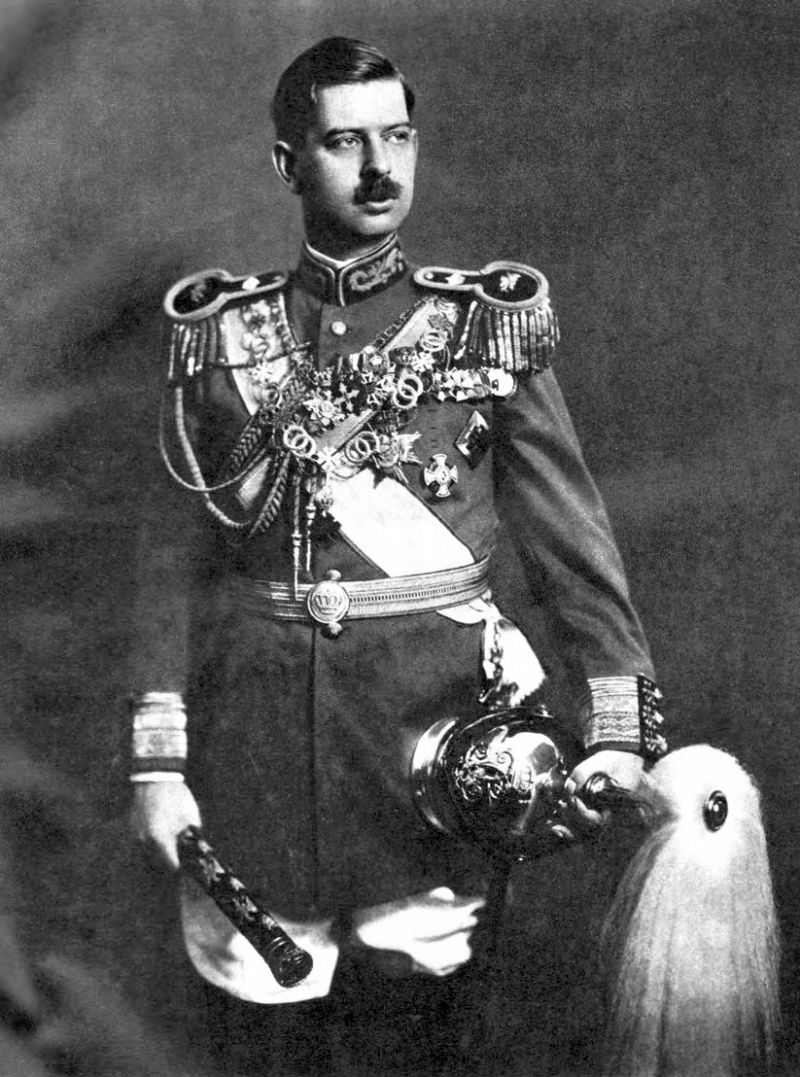
britannica.com 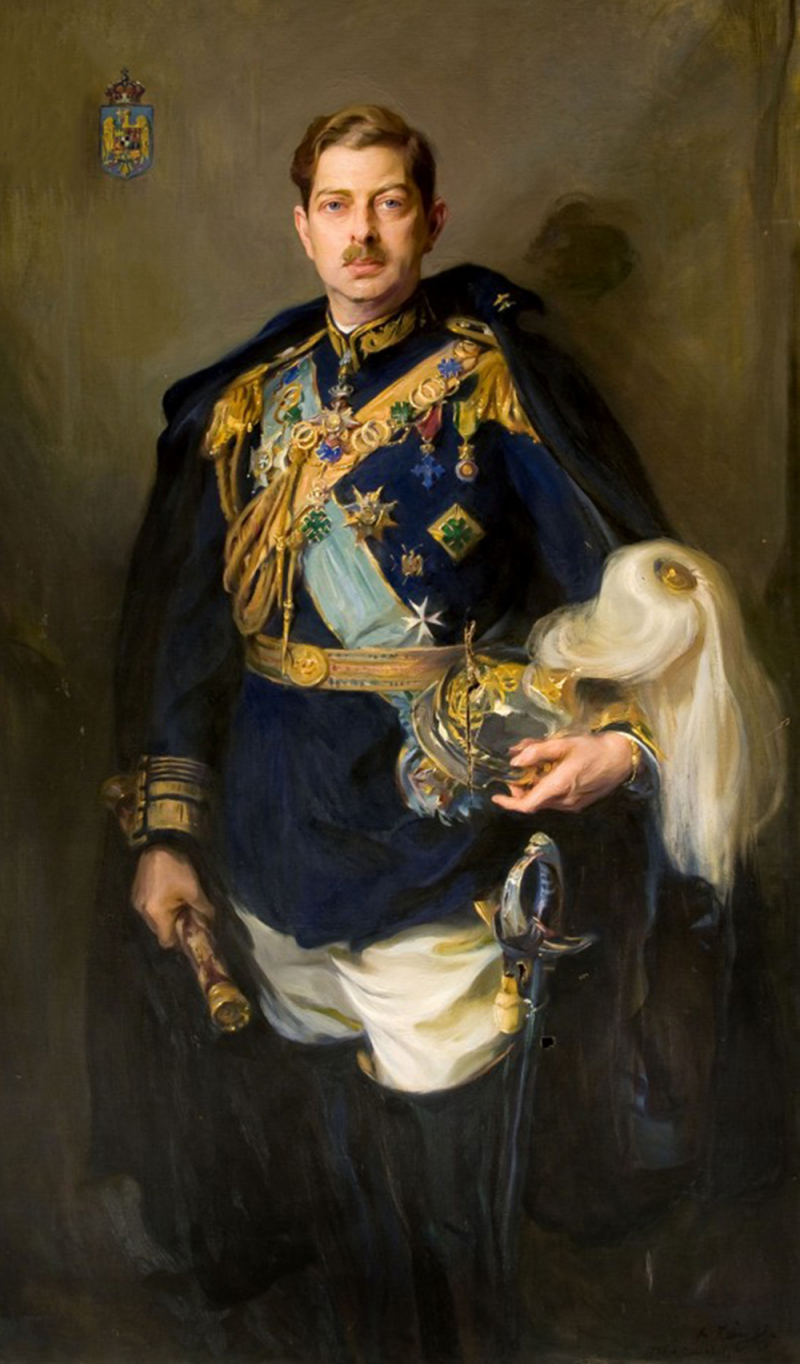
vi.wikipedia.org -
Carol I or Charles I of Romania (20 April 1839 - 10 October [O.S. 27 September] 1914), born Prince Karl of Hohenzollern-Sigmaringen, was the monarch of Romania from 1866 to his death in 1914, ruling as Prince (Domnitor) from 1866 to 1881 and as King from 1881 to 1914. On 20 April 1866, he was elected Prince of the Romanian United Principalities following the overthrow of Alexandru Ioan Cuza by a palace coup d'état. Romania was declared an independent and sovereign nation in May 1877. The defeat of the Ottoman Empire in the Russo-Turkish War in 1878 secured Romanian independence, and he was proclaimed King on March 26, 1881 [O.S. 14 March]. He was the first ruler of the Hohenzollern-Sigmaringen dynasty, which ruled the country until 1947, when a socialist republic was declared.
Carol I personally led Romanian troops during the Russo-Turkish War and assumed command of the Russo/Romanian army during the siege of Plevna during his reign. The Treaty of Berlin in 1878 granted the country internationally recognized independence, and in 1913 it acquired Southern Dobruja from Bulgaria. Despite popular opposition, the king entered into a top-secret military alliance with the Austro-Hungarian Empire in 1883. He was unable to activate the alliance when World War I broke out. Romania remained neutral until 1916, when it joined the Allies.
Domestic politics was centered on the rival Liberal and Conservative parties. Romania's industry and infrastructure were greatly improved during Carol's reign, but this process also resulted in major scandals, including the Strousberg Affair, in which Carol was personally implicated. Overall, the country still had an agrarian economy, and the peasantry's situation did not improve, leading to a major revolt in 1907, which was bloodily suppressed by the authorities.
On November 15, 1869, he married Princess Elisabeth of Wied. They only had one daughter, Maria, who died when she was three years old. Carol never had a son, so his elder brother Leopold was next in line to the throne. In October 1880, Leopold relinquished his right of succession to his son William, who relinquished his claim six years later to his younger brother, the future King Ferdinand.
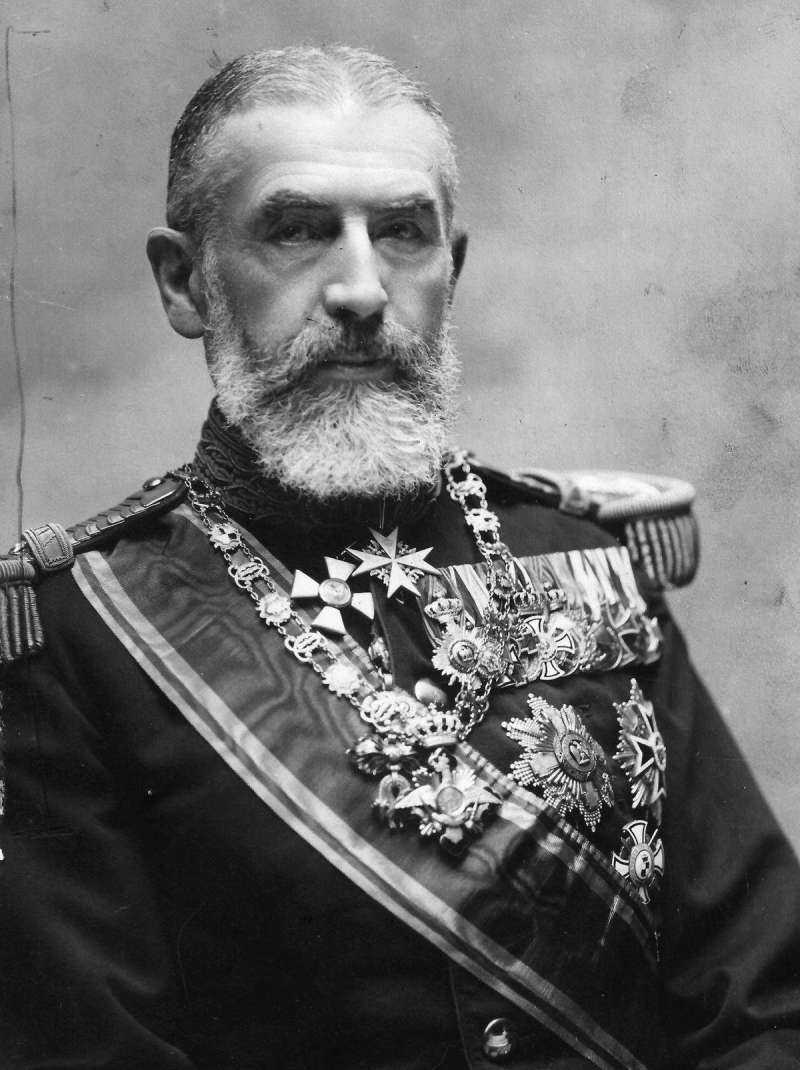
en.wikipedia.org 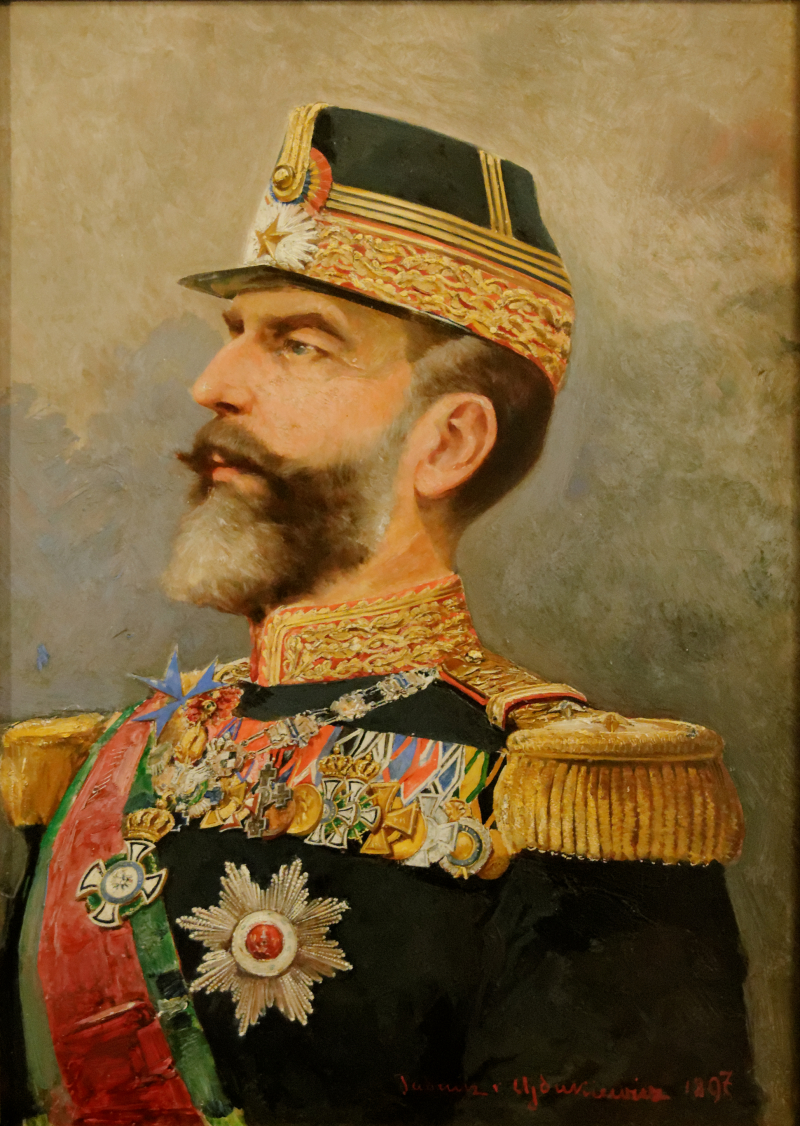
commons.wikimedia.org -
Ferdinand (Ferdinand Viktor Albert Meinrad; 24 August 1865 - 20 July 1927), also known as Întregitorul (the "Unifier"), ruled Romania from 1914 until his death in 1927. Ferdinand was the second son of Leopold II of Portugal and Infanta Antónia of Portugal, the daughter of Ferdinand II of Portugal and Maria II of Portugal. His ancestors belonged to the Catholic branch of the Prussian royal family Hohenzollern.
Following the renunciation of his father (in 1880) and older brother, Wilhelm (in 1886), to the rights of succession to the royal crown of Romania, Ferdinand became Crown Prince of the Kingdom of Romania in 1889. He continued his military career in Romania, gaining a series of honorary commands and being promoted to the rank of corps general. In 1893, he married Princess Maria Alexandra Victoria of Romania, granddaughter of Queen Victoria and Emperor Alexander II, and daughter of Alfred, Duke of Saxe-Coburg and Gotha and Grand Duchess Maria Alexandrovna of Russia.
Following the death of his uncle, King Carol I, Ferdinand became King of Romania on October 10, 1914, under the name Ferdinand I. During World War I, he ruled Romania, siding with the Triple Entente against the Central Powers. As a result, Kaiser Wilhelm II of Germany had his name removed from the royal house of Hohenzollern. At the end of the war, Romania emerged as a much-enlarged kingdom as Bessarabia, Bukovina, and Transylvania, as well as parts of Banat, Crișana, and Maramureș, joined the Kingdom of Romania in 1920, and Ferdinand was crowned King of "Greater Romania" in a grand ceremony in 1922. Following the establishment of Greater Romania, Romanian society underwent a series of major transformations, most notably the implementation of agrarian reform and the universal vote. In 1925, his eldest son, Prince Carol, renounced his right to the royal crown of Romania, causing a dynastic crisis because the next prince in line of succession was 4-year-old Prince Michael. This compelled Ferdinand to remove Prince Carol's name from the Romanian royal family.
Ferdinand died of cancer in 1927, and his grandson Michael took his place under a regency formed by three people: Prince Nicholas of Romania, Prince Carol's younger brother; patriarch Miron Cristea; and president of the Supreme Court of Justice Gheorghe Buzdugan.
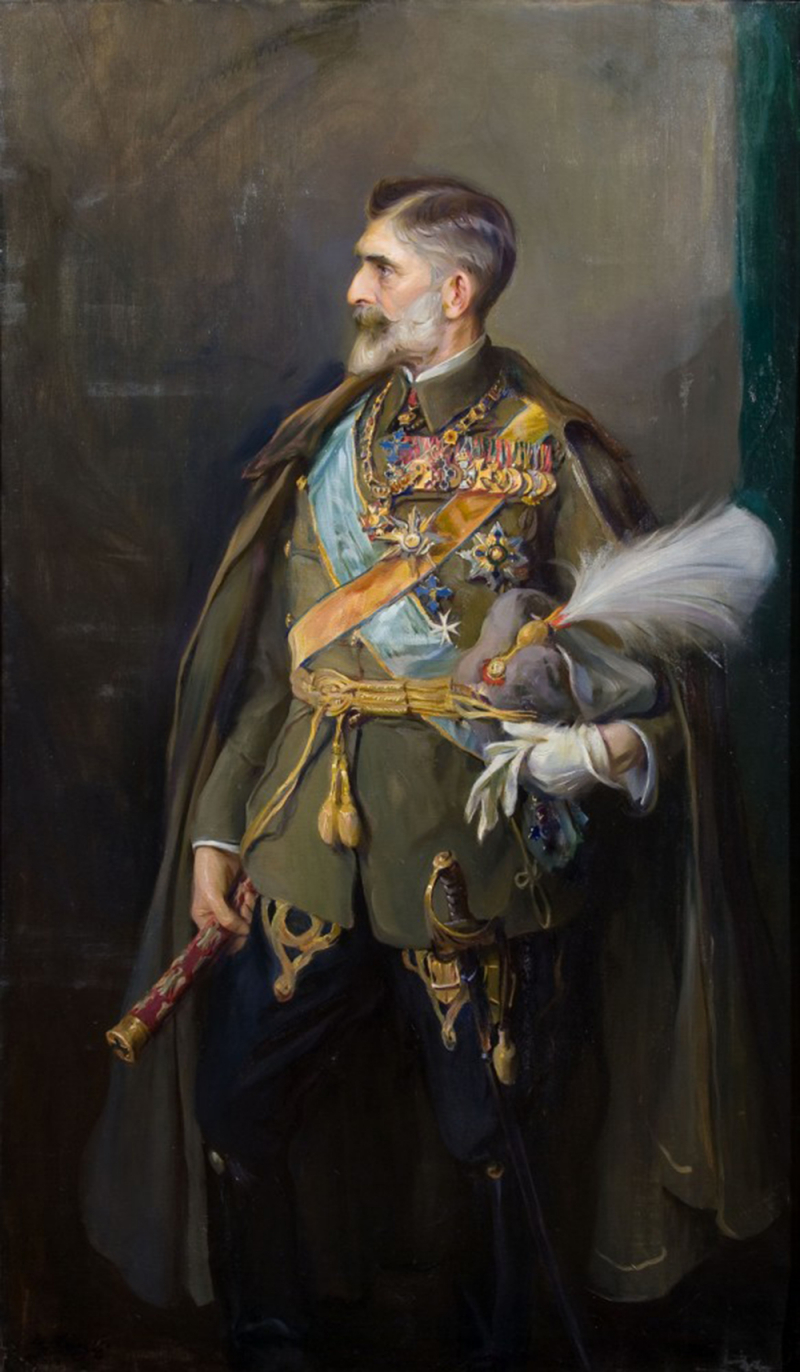
no.wikipedia.org 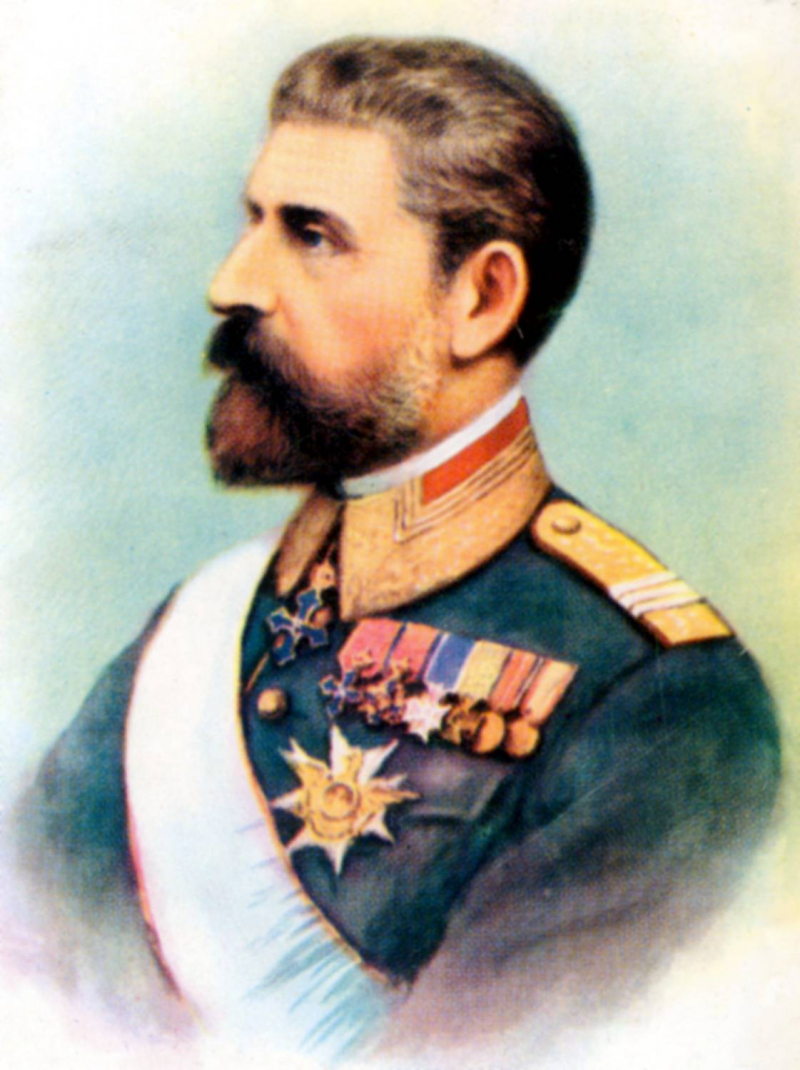
commons.wikimedia.org -
Alexandru Ioan Cuza, or Alexandru Ioan I, also anglicised as Alexander John Cuza; 20 March 1820 - 15 May 1873) was the first domnitor (Ruler) of the Romanian Principalities after being elected prince of Moldavia on 5 January 1859 and prince of Wallachia on 24 January 1859, resulting in the unification of both states. He was a prominent figure in Moldavia's 1848 Revolution. Following his double election, he launched a series of reforms that helped to modernize Romanian society and state structures.
As ruler of the Romanian Principalities, Alexandru Ioan Cuza supported political and diplomatic efforts to have the suzerain Ottoman Empire recognize the union of Moldavia and Wallachia. He achieved constitutional and administrative unity between Moldavia and Wallachia in 1862, when the Romanian Principalities officially adopted the name Romanian United Principalities, with a single capital at Bucharest, a single national assembly, and a single government.
Alexandru's reform policies alienated a sizable coalition of conservatives and radical liberals, the majority of whom were landowners and business owners. He was forced to abdicate and leave the country on February 22, 1866. Today, he is widely regarded as a founding father of the modern Romanian state and a Romanian national hero.
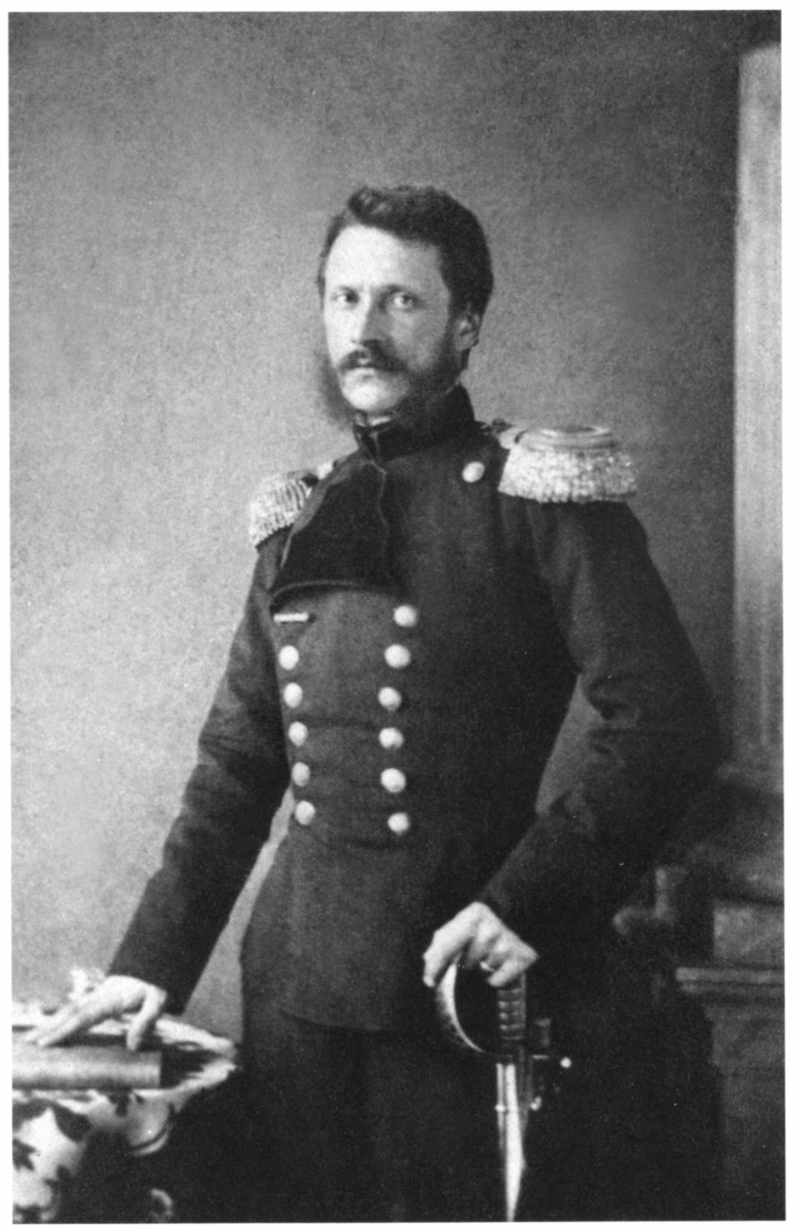
en.wikipedia.org 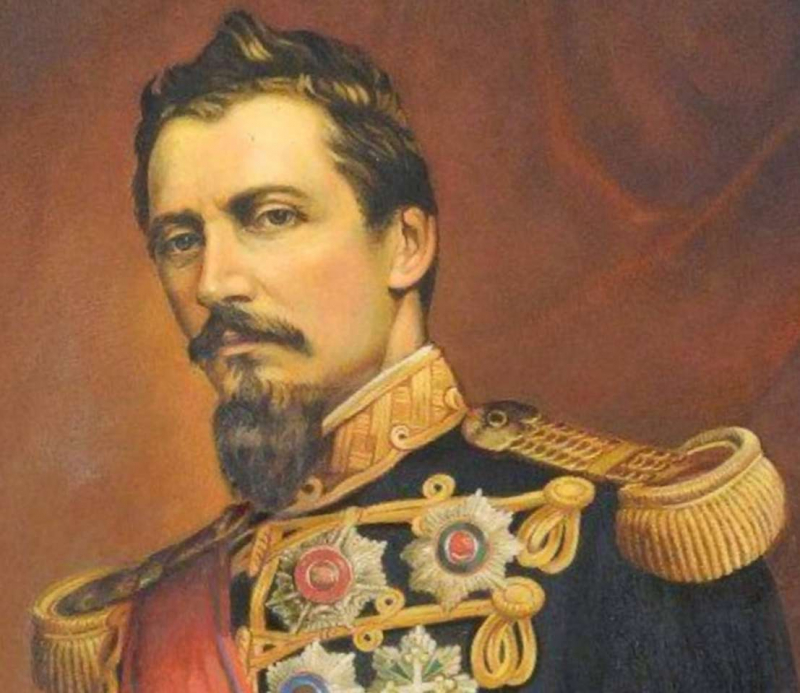
puzzlefactory.pl












